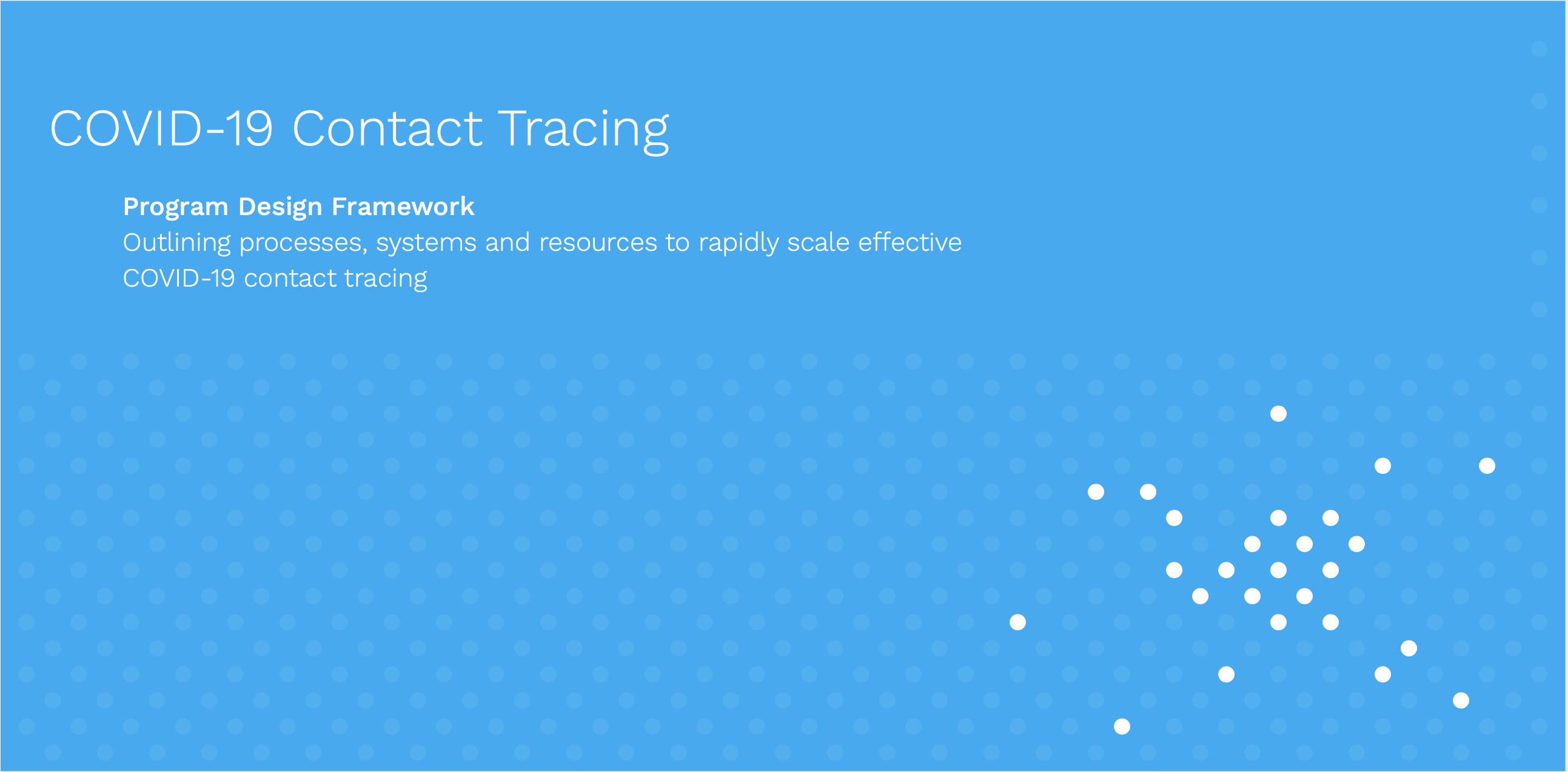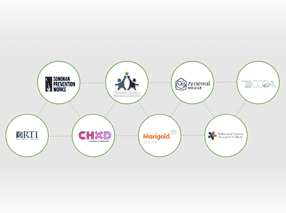post by: Santiago Palladino, Original post here
Pacific Endeavor is a humanitarian communication workshop, organized by the US Pacific Command, which brings together military representatives from all SE Asia, NGOs and industry leaders. Its main goal is to improve the multi-national communications in HA/DR situations, based on the premise that communication is the foundation to a successful response. This workshop if part of the MCIP, Multinational Communications Interoperability Program:
MCIP establishes a process that identifies and documents interoperability between Communication Systems (CS) of the MPAT nations in the Asia Pacfic Area. The process provides a mechanism for CS planners to effectively and rapidly establish interoperable CS arrangements to support MPAT during Multinational Humanitarian Assistance and Disaster Relief Operations (MNHADRO).
Pacific Endeavor has had several previous editions. Last year Eric Rasmussen assisted representing InSTEDD; and last August I had the opportunity to assist to this year’s event, in order to communicate our experiences with the usage of text messaging during disaster response.
Pacific Endeavor is a large event, in which military representatives from multiple nations gather to assess the interoperability of their communication systems. The results of these experiments are fed into the MCIG, Multinational Communications Interoperability Guide, a database maintained by the MCIP that can be queried anytime to know whether communications between field teams of different countries on a disaster scenario will be possible, so that each team knows which equipment will be needed to communicate with others.
Pacific Endeavor is also composed by other workshops, such as Phoenix Endeavor and Cyber Endeavor. The goal of the former is to determine how to share the radio frequency spectrum during a disaster response situation, in which multiple teams arrive at the site, each with their own need for their share of spectrum in order to communicate. In order to address this situation, a web application was developed, that allows foreign countries and organizations to make requests to the host nation for radio spectrum, and allows the host nation to keep track of all these requests in a centralized location.
The latter, on the other hand, is focused on maintaining the security and availability of network communications during a disaster, ensuring the network is resilient to attacks. As stated by Staff Sgt. Carl Hudson:
Cyber Endeavor is a new program under Pacific Endeavor 2011 which involves non-government organizations, national militaries across the Pacific Region, academic and industrial representatives. Focusing on ?protecting information in a collaborative environment,? the intent was an information sharing workshop to develop core competencies amongst the Multinational Communications Interoperability Program countries and entities.
The event involves different NGOs and Industry Leaders, leading to very interesting discussions on the interaction between the different parties on a disaster situation, and which should be the role of the military.
Scenarios
Multiple issues were under discussion by the time we arrived at the event. How to coordinate the local government, the military and the NGOs was, as usual, one of these trending topics. The discussions made clear the importance that the local government makes clear requests about what is needed, that information is shared across the different organization, and that the work is coordinated so that efforts are not duplicated.
Providing a reliable network infrastructure is another subject of critical importance. By assuring the different organizations deployed on the field that they will have the network access needed to perform their operations, the network can be better controlled and the disorganization generated by every team bringing their own equipment to attempt to set up their own network is eliminated. The role of providing network access for all teams deployed is then to be fulfilled by the military, and not by different private companies or each team individually.
Good bandwidth is also important, and it is vital during the first hours during which it is most scarce to determine the correct use for it. The NZ Red Cross estimates that only 0.1% of the transmitted information is actually operational, all the rest can be reduced by cutting down on videoconferences, sending formatted files instead of plain text, moving large unnecessary images, etc.
The key ongoing discussions were finally boiled down to four different scenarios, which had to be addressed by the present military representatives:
Bandwidth
Deployed organizations have need for bandwidth to conduct their operations, although this access is very scarce, specially during the first hours of the response. The solution is to develop a protocol and SOP so that the military can provide this much needed bandwidth with their infraestructure. It is worth noting that there is already a DOD initiative being implemented to address this very issue.
Spectrum
The organizations have requirements for usage of the radio spectrum during HA/DR; the military can lease certain frequencies during the response for these organizations to use. The aforementioned Mercury web application is a first step towards achieving this goal.
Imagery
Several organizations usually require access to highly detailed imagery data for decision-making; therefore, a protocol and SOP is to be developed for sharing this data between the military and the different organizations. It is critical that this point is implemented in such a way that the flow of detailed imagery does not consume the much needed bandwidth.
Restoring Comms
The first priority of the military during DR is to attend to the local government, whose communications are usually compromised during a disaster. As such, a SOP is to be developed to assemble a task force with the capabilities and know-how to help the local government restore their own communications as fast as possible.
Technology Demonstrations
On the last part of the event, the conclusions on the different scenarios were passed onto the Senior Communicators of each country. It was during this part that InSTEDD and other third party organizations entered the game.
It is worth noting that, even though representatives from different NGOs were present, such as Telecom Sans Frontiers or the New Zealand Red Cross, InSTEDD’s role during the event was of Solution Provider. The task as Solution Providers was to present the different tools and experience we have that can provide help for the military during HA/DR situations.
In our particular case, InSTEDD is in position to provide the technological backbone for articulating SMS communications with the people and different groups, aggregate this information, and share it with the relevant organizations during a disaster.
Most of the other solution providers were from the industry, and displayed very interesting tools. Several were related to satellite communications, to be used during the first hours when other means of communications are down; others focused on restoring damaged networks. Companies such as Inmar-sat, ST Electronics, Delorme, Cisco or Hewlett Packard were present.
Cisco offered a team specialized in restoring networks at the disposal of any nation requesting them during a disaster, the Disaster Incident Response Team. Delorme presented a new satellite phone equipped with GPS that can send pre-canned SMS messages anywhere or augment an Android phone via Bluetooth with satellite capabilities. The Naval Postgraduate School, from Monterey, CA, was also in place, presenting multiple tools as well as their expertise on managing networks. A representative of the Global VSAT Forum, a worldwide association of satellite communications companies, presented the aid that can be provided by these organizations acting together during a disaster.
Dr Martin Griss, from Silicon Valley Carnegie Mellon, made an excellent presentation introducing the usage of text messaging, smartphones and social media for obtaining information from the crowds during a disaster; presenting the work done within the Disaster Management Initiative. This opened the discussion for the usage of alternative ways of communication, both for communicating field workers, and for harnessing information from the different channels used by the people.
The role of InSTEDD
The exchange of ideas, experiences and requirements regarding these subjects was most fruitful. The experience of the earthquake in Haiti, now over a year ago, is still a key case study on HA/DR, so our findings during our participation on the response to the disaster were most valuable. The role that text messaging had for both receiving reports from the people and sending localized pieces of key information back to them was of extreme importance; and the tools we used for channeling and analyzing the incoming flow of messages, as well as managing responses, were of interest for several parties.
We also presented other tools under development: an unreleased project, Pollit, formerly known as Geochat Polls, was also the focus of much attention from many Senior Communicators, seeing in this SMS-based survey tool an easy way to perform damage assessment during a disaster.
Many other inquiries by the communicators were discussed. The problem of analyzing the large incoming flow of messages during an emergency, in order to be able to perform appropriate decision-making, was a trending topic. Crowdsourcing was the key concept when solving this matter on a disaster response situation, and TaskMeUp, a tool born from RHOK 2010 and inspired on the information needs during Haiti’s Earthquake, provided a simple way to implement it.
How to extract structured data from SMS was also an issue, one that we have been facing for a long time and has led us to many different solutions (some of them even without relying on software), which we presented during the event.
Some misconceptions were also clarified, stressing the fact that text messaging is not a replacement for all current communications. Radio and satellite communications are still the best choice for multiple scenarios, specially those related to keeping in touch the deployed S&R teams during a disaster. But for other cases, such as obtaining information from the people, communicating back to them with localized key information for survival, or establishing a large network of local workers, SMS has proven to be a formidable tool: low cost communications, most people own a mobile and know how to text, SMS channels are more reliable than voice, text is easier to mine for information, etc.
Call to Action
Upon a disaster, receiving reports and requests for help from the people is vital on the response stage, as we found out on Haiti. During therecovery process SMS also fullfil an important role by empowering people with vital information for survival and development. The key for these to work is preparedness, and that is our call to action to the Senior Communicators.
Connecting with people at a massive level requires an agreement with the local telephone companies in order to achieve the necessary combination of high throughtput at low cost. These agreements can be set up beforehand, as well as the connections themselves to reduce the time for set up to a minimum.
Keeping a SMS-based network of local workers in key points is vital for damage assessment and coordination. A previously set up network of health workers for disease surveillance, for instance, can be quickly turned into a powerful damage assessment tool upon a disaster, and can be used to easily coordinate efforts between the network.
To sum up, it is critical to regard SMS as an important channel for communication during HA/DR scenarios, and to be prepared before the disaster happens in order to be able to deploy multiple solutions during the first vital hours.
Conclusion
Pacific Endeavor is an event of critical importance for enabling communications between teams from different nations during an HA/DR mission, not only military, but also from NGOs and the industry sector. Coordination and communication between different parties is vital for an appropriate response.






